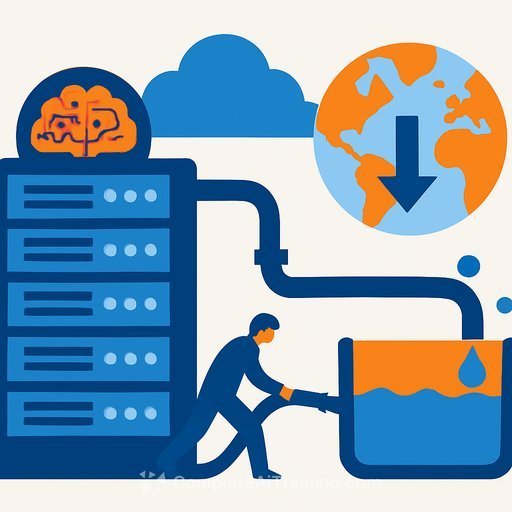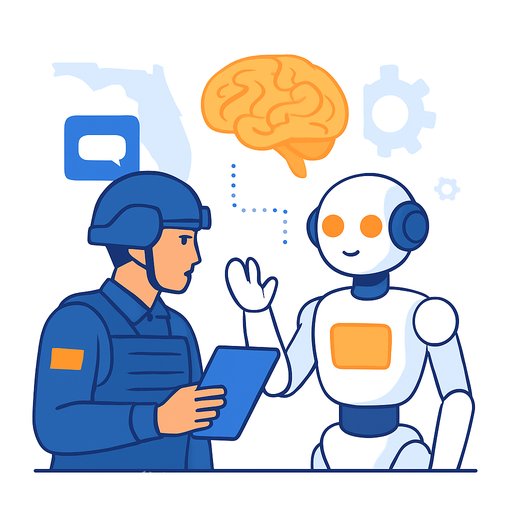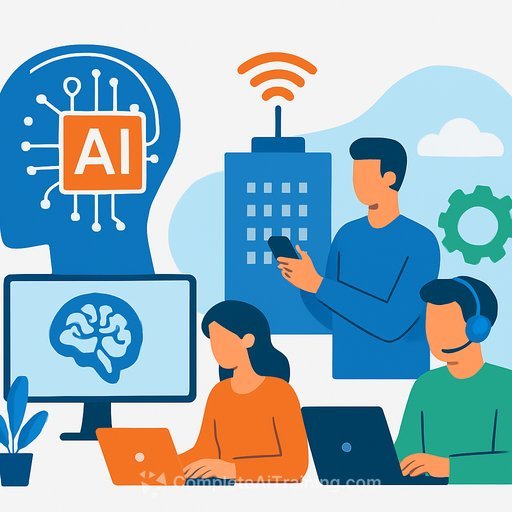AI and IoT: Building Resilience in Operations
Artificial intelligence (AI) is changing how IoT operations are managed, shifting focus from reacting to issues to anticipating and preventing them. By spotting anomalies, forecasting failures, and initiating automatic responses, AI can boost efficiency and security. In the Asia Pacific region, AI investments are expected to hit $175 billion by 2028, reflecting a growing demand for smarter and more resilient digital infrastructure. However, businesses must remain aware of the security risks AI introduces. The effectiveness of AI-powered IoT depends heavily on the resilience of the networks they run on.
The Infrastructure Conversation
Many fast-growing global companies prioritize what AI can do without assessing whether their infrastructure can support those capabilities. Without reliable connectivity, AI can increase risks instead of reducing them. Complex, interconnected environments require more than just system visibility—they need assurance that operations will continue smoothly even when issues arise.
In IoT settings, resilience means maintaining operational continuity during disruptions. This involves fallback options, access to multiple networks, real-time monitoring, and local recovery features that keep processes running when unexpected events occur. These capabilities need to be integrated across all layers—from devices and connectivity to cloud platforms and support systems.
Visibility is Not the Same as Continuity
AI is excellent at detecting what has gone wrong or may soon fail. While anomaly detection, predictive analytics, and automated alerts provide valuable insights, they don’t guarantee uninterrupted operations. Visibility alone doesn’t ensure resilience.
True resilience means being able to act on AI insights without compromising operational integrity. For example, if a network connection drops, AI alerts might not reach the necessary systems. Without local data buffering, critical information might be lost during outages.
To maintain continuity, enterprises need a connectivity strategy that supports both control and ongoing function. This includes advanced SIM and network designs like multi-IMSI or eSIM, along with automation that allows systems to degrade gracefully rather than fail abruptly. Devices should be capable of entering low-power modes, rerouting connections, and storing essential data until reconnection is possible. These solutions exist but are often overlooked in the push to adopt AI-driven features.
Additionally, AI introduces its own security challenges that need attention from the start.
Planning to Fail (Gracefully)
Resilience involves preparing for failure scenarios. AI can reduce unexpected breakdowns but cannot eliminate them entirely. That makes recovery planning essential for modern IoT strategies.
Systems should include embedded fail-safes, redundant infrastructure, automated alerts, and decentralized processing to handle failures smoothly. In critical sectors like healthcare and transportation, downtime can have serious consequences. Regulatory bodies are also increasing their focus on cyber resilience.
For instance, Singapore’s Health Sciences Authority (HSA) has introduced tougher standards for medical device cybersecurity, emphasizing that cyber resilience must be built into systems from the start. Devices need localized control and uninterrupted data capture to fail safely.
This requires a security-by-design approach that incorporates resilience into device firmware, connectivity agreements, and data platforms right from deployment. Working with connectivity partners who provide more than just access—offering service visibility, vulnerability insights, and response support—is crucial. Platforms that combine data across the network stack, from SIM to application, help enterprises understand and act on AI insights effectively.
Humans and Machines Working Together
AI powers smarter IoT operations, but humans remain essential in decision-making. For AI insights to add real value, they must be clear, actionable, and connected to human workflows.
This means creating user-friendly interfaces, contextual alerts, and escalation processes that ensure AI findings lead to the right human responses. Teams also need training on AI’s capabilities and limits so they know when to intervene.
Connectivity management platforms play a key role by combining AI detection with real-time device status, usage data, and network health. This creates a shared operational view, helping engineers understand what’s happening, why it matters, and how to respond. When automated actions are necessary, they rely on accurate and current data from trusted sources.
A Smarter Future, Built on Resilient Foundations
AI will keep driving changes in the IoT ecosystem, enabling more automation, optimization, and insight. When continuous improvement is the goal, downtime isn’t just inconvenient—it risks reputation, revenue, and compliance.
That makes a secure and resilient connectivity layer essential. Whether deploying telematics, supporting smart manufacturing, or expanding EV charging networks, resilience must come first. AI can make operations smarter only if the supporting networks and platforms are prepared.
Choosing partners who understand both AI’s potential and how to implement it securely and sustainably is vital for success.
Your membership also unlocks:






